Popular
How to Build the Perfect Oral Care Routine in 2025
Jul 30
Why Your Gums Bleed and How to Fix It Fast in 2025
Jul 30
Top 5 Oral Care Mistakes and How BrushO Fixes Them
Jul 29
What Makes a Toothbrush “Smart”?
Jul 22
BrushO Smart Toothbrush: Gentle, Powerful, Travel-Friendly
Jul 19
BrushO: The Future of Smart Oral Care—Redefining the Way You Brush
Jul 17
Back
Braces Care Tips: What You Must AvoidSep 10
Sep 10
Brace care tips are essential for anyone wearing orthodontics. While braces straighten your smile, they also make daily oral hygiene more challenging. Small mistakes—like eating sticky foods or brushing too aggressively—can slow treatment, damage braces, and even harm your teeth. In this article, we’ll cover the key things you must avoid with braces, practical tips to stay on track, and how smart tools like BrushO make caring for braces easier than ever.
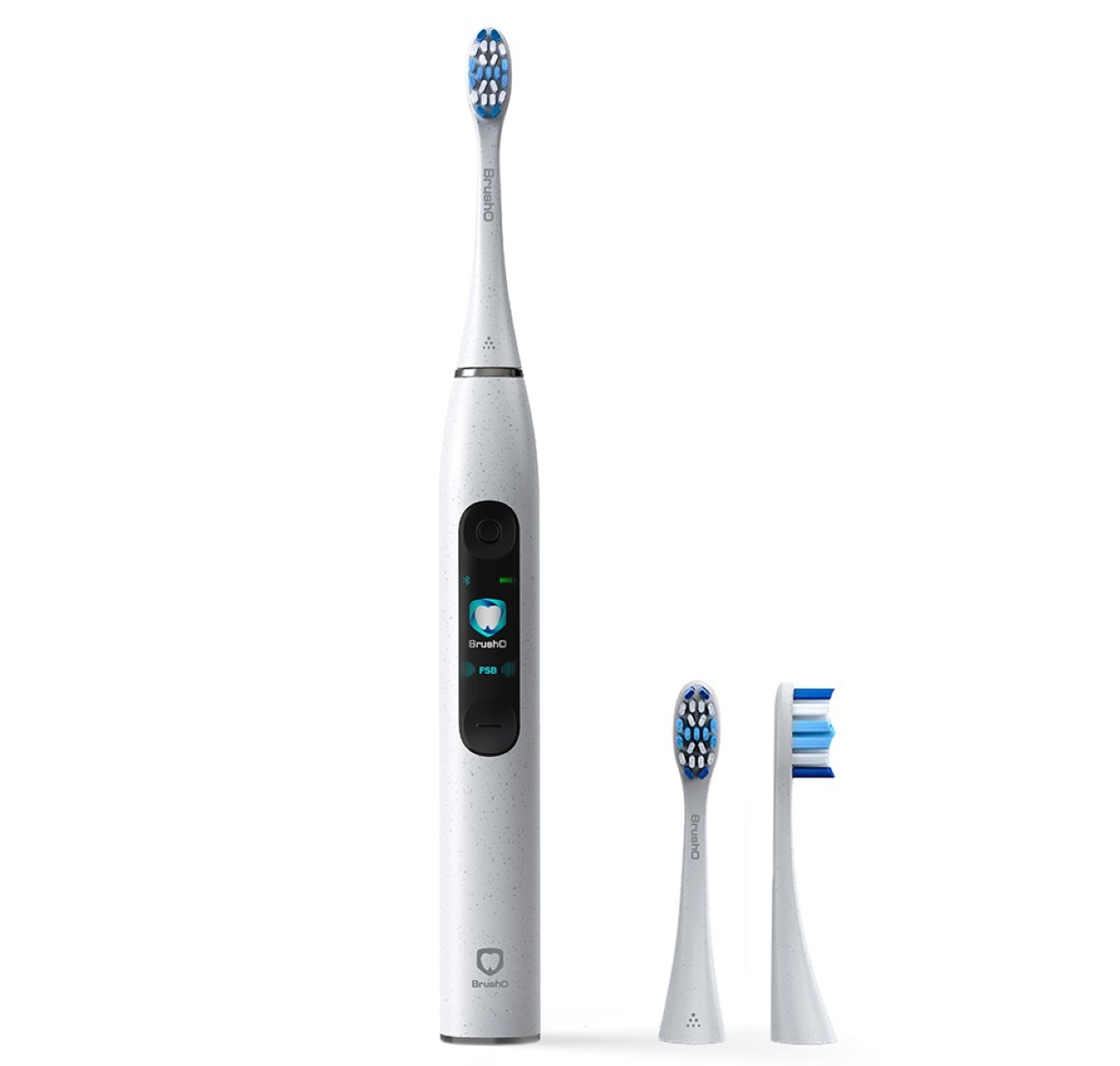
Why Oral Care Is Different with Braces 🦷
Braces create new surfaces where food and bacteria can hide. Plaque buildup around brackets and wires increases the risk of:
-
Cavities
-
Gum inflammation
-
Stains and white spots
-
Longer treatment times
👉 Good oral care is critical to protect both your braces and your teeth.
Mistake 1: Brushing Too Hard 🚫
Many people think aggressive brushing cleans better. But with braces:
-
Hard brushing can damage wires and scratch brackets.
-
It can also wear down enamel and irritate gums.
Tip: Use a gentle or sensitive mode on your BrushO toothbrush to protect both braces and enamel.
Mistake 2: Skipping Flossing or Interdental Cleaning 🧵
Braces make flossing harder, but skipping it leads to plaque around wires and brackets.
-
Use floss threaders or interdental brushes to clean between teeth.
-
Consider a water flosser for easier daily care.
Mistake 3: Eating Sticky or Hard Foods 🍬🥜
Certain foods can cause braces trouble:
-
Sticky foods (caramel, gum) → pull on brackets.
-
Hard foods (nuts, popcorn, ice) → can break wires.
-
Sugary snacks → increase cavity risk around braces.
Tip: Cut harder foods into smaller bites, and rinse after eating.
Mistake 4: Ignoring Regular Dental Checkups 🩺
Some think brushing at home is enough, but braces require regular professional monitoring. Dentists and orthodontists check for:
-
Bracket stability
-
Wire tension
-
Plaque or tartar buildup
Skipping visits can delay your progress.
Mistake 5: Not Cleaning Around Brackets Properly 🔍
Plaque around brackets leads to white spot lesions—permanent marks on enamel after braces are removed.
-
Angle your toothbrush at 45 degrees to reach under brackets.
-
Brush for at least 2 minutes twice a day.
How Smart Toothbrushes Help Braces Users 🤖
A smart electric toothbrush like BrushO solves many of these challenges:
-
AI-powered feedback ensures all tooth surfaces are cleaned.
-
Sensitive & gum-care modes protect enamel and gums.
-
Replaceable brush heads are designed for precision cleaning.
-
App tracking motivates consistency with scores and reminders.
👉 With BrushO, braces care becomes simpler, safer, and more effective.
FAQ: Braces Care Mistakes
Q1: Can I eat popcorn with braces?
No. Kernels can break wires or get stuck between brackets.
Q2: What toothbrush is best for braces?
A smart electric toothbrush with gentle modes and smaller heads, like BrushO, is ideal.
Q3: How often should I brush with braces?
At least twice daily, ideally after each meal.
Q4: Is flossing necessary with braces?
Yes. Flossing removes plaque where brushes can’t reach.
Caring for braces requires extra attention and discipline. Avoiding common mistakes—like brushing too hard, eating sticky foods, or skipping flossing—makes a huge difference in treatment success. With BrushO’s smart technology, braces users get guided brushing, safer modes, and consistent care that keeps teeth and gums healthy during orthodontic treatment.
Popular
How to Build the Perfect Oral Care Routine in 2025
Jul 30
Why Your Gums Bleed and How to Fix It Fast in 2025
Jul 30
Top 5 Oral Care Mistakes and How BrushO Fixes Them
Jul 29
What Makes a Toothbrush “Smart”?
Jul 22
BrushO Smart Toothbrush: Gentle, Powerful, Travel-Friendly
Jul 19
BrushO: The Future of Smart Oral Care—Redefining the Way You Brush
Jul 17
Recent Posts
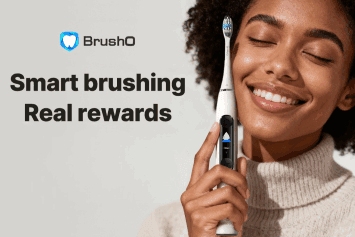
Can Poor Oral Care Impact Your Skin?
Discover the surprising connection between oral health and skin problems like acne and premature aging. Learn how poor brushing habits can affect your complexion — and how AI toothbrushes like BrushO can help prevent it.
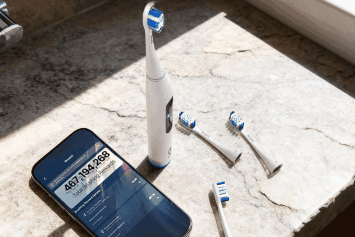
How AI Can Be Your Smartest Assistant in Health and Daily Life
Discover how artificial intelligence (AI) is transforming health, wellness, and daily routines—from smart toothbrushes like BrushO to wearable tech and mental health apps. Learn how AI can become your smartest personal health assistant.
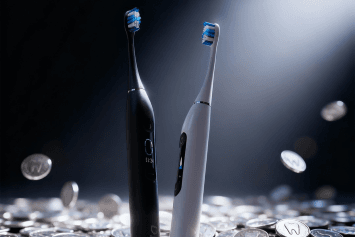
The Difference Between Brushing and Truly Cleaning Your Teeth
Think brushing your teeth is enough? Discover the key difference between brushing and truly cleaning your teeth — and how BrushO helps ensure complete, dentist-level oral hygiene every day.
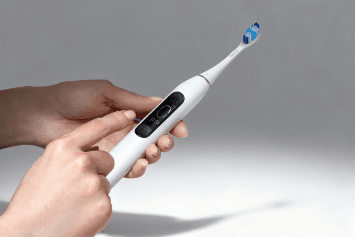
How to Use a Smart Toothbrush for the First Time
Discover how to use a smart toothbrush for the first time and unlock its full potential. Learn tips for setup, usage, and long-term oral health tracking with BrushO.
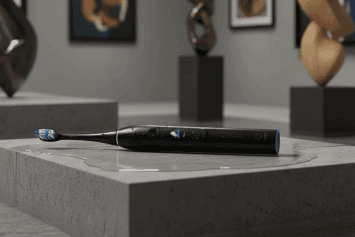
The Best Way to Brush After Eating Sweets
Learn how to protect your teeth after indulging in sugary treats. Discover the safest time and method to brush after eating sweets—and how BrushO helps prevent sugar-related damage.
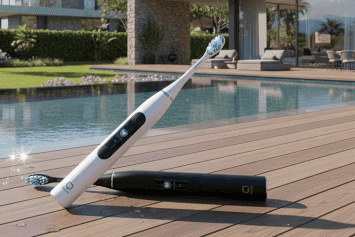
How to Brush Better When You’re in a Rush
Learn how to brush your teeth effectively even during the busiest mornings. Discover time-saving tips, smart brushing techniques, and how BrushO helps maintain oral health on the go.
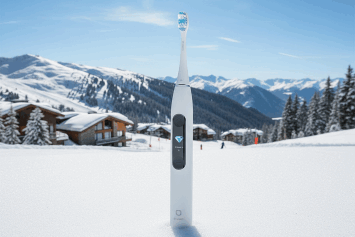
How Clean Is Your Toothbrush Really?
Think your toothbrush is clean? Think again. Discover the hidden bacteria on your brush, how often to replace it, and how smart toothbrushes like BrushO help you stay truly hygienic.
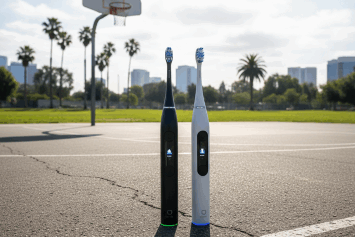
The Smartest Travel Toothbrush for Your Next Trip
Looking for the best electric toothbrush for travel? Discover why BrushO is the ultimate smart companion with long battery life, wireless charging, and AI-guided brushing—perfect for on-the-go oral care.
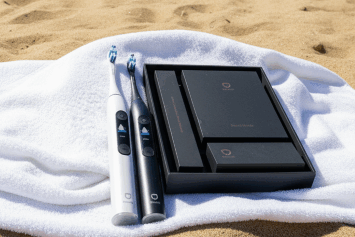
Why You Brush Ineffectively?
Think you’re brushing correctly? You might be doing it wrong. Discover why most people brush ineffectively and how BrushO’s smart toothbrush can help fix it with real-time feedback and AI guidance.

Are You Brushing the Same Way You Did 10 Years Ago?
Still brushing your teeth like it’s 2015? Discover how outdated techniques and tools may be harming your oral health, and learn how AI-powered toothbrushes like BrushO can upgrade your daily routine.
